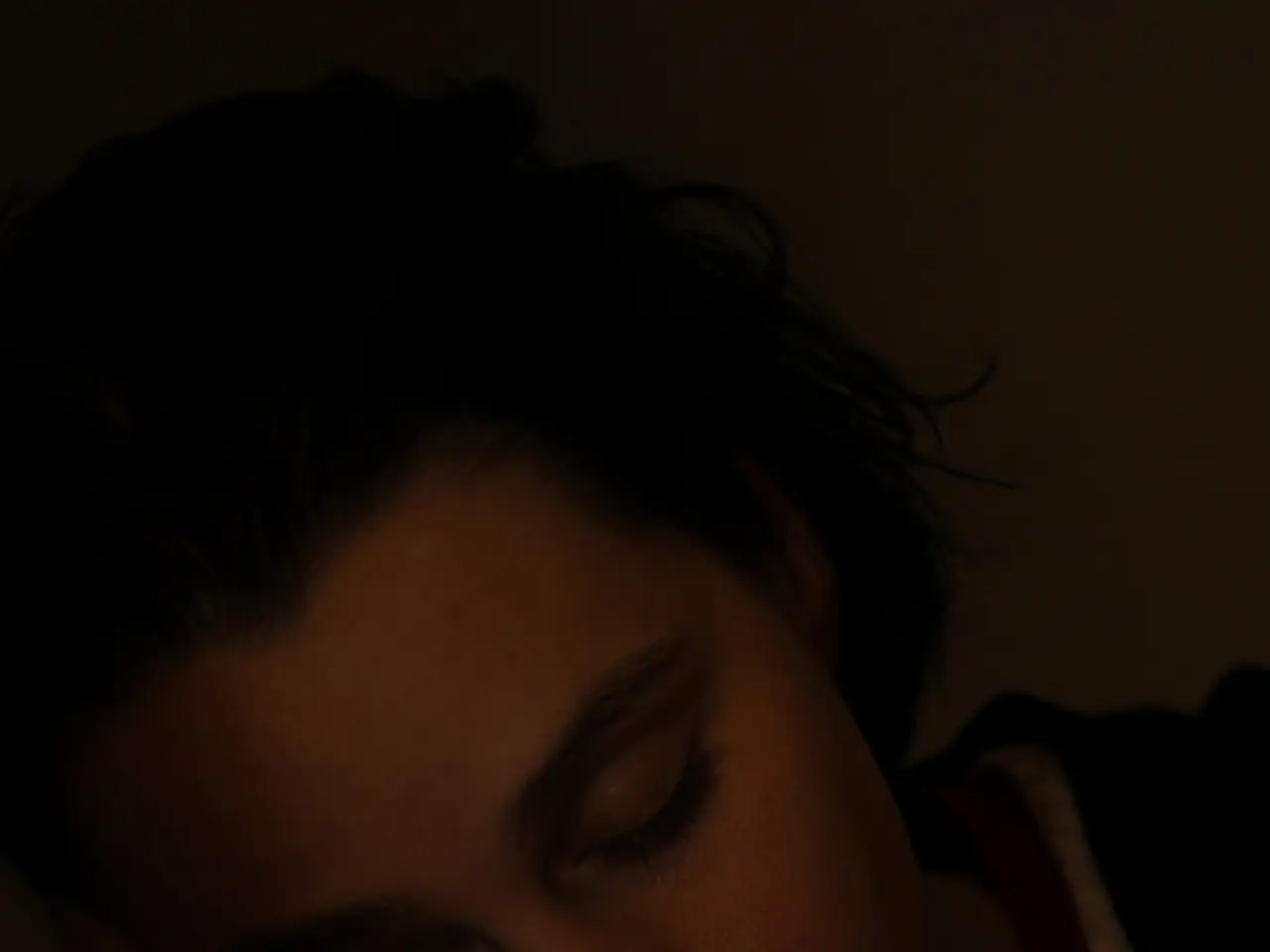Narcolepsy's lesser-known counterpart: Recognizing symptoms, exploring causes
Secondary narcolepsy is a type of sleep disorder that occurs due to damage to the brain, specifically in the hypothalamus region. This damage can be caused by various factors such as head injuries, strokes, infections, arteriovenous malformations, demyelination, or tumors.
The symptoms of secondary narcolepsy are marked by excessive daytime sleepiness, sudden sleep attacks, cataplexy (loss of muscle tone), sleep paralysis, and hallucinations related to sleep-wake transitions. These symptoms can be more severe compared to primary narcolepsy.
The hypothalamus, located deep inside the brain, plays a crucial role in managing sleeping and waking. In secondary narcolepsy, damage to this region can lead to a deficiency in orexin, a chemical that regulates wakefulness.
Doctors diagnose secondary narcolepsy through a physical exam, review of medical history, imaging studies (MRI or CT scan), and polysomnography (sleep study). However, diagnosis can take years due to its challenging nature. The hypocretin level in secondary narcolepsy varies depending on the underlying cause.
Treatment for secondary narcolepsy focuses on symptom management. Medications may vary depending on the person's unique circumstances and may include sodium oxybate for those with cataplexy, certain antidepressants, or stimulants. Lifestyle changes such as avoiding caffeine late in the day, reducing stress, sticking to a consistent sleep schedule, getting regular exercise (not before bedtime), and reducing alcohol consumption can also be beneficial.
In cases of secondary narcolepsy due to brain injury, multidisciplinary care including neurologists, sleep specialists, and rehabilitation teams is important to address both sleep symptoms and cognitive-behavioral impairments caused by the brain damage. Supportive counseling is often beneficial as well, especially if neuropsychological deficits or mood disturbances are present.
For those with primary narcolepsy, the cause is less clear, with researchers believing that the immune system attacking healthy cells that make hypocretin might be a factor in some cases. However, primary narcolepsy without cataplexy tends to have a typical hypocretin level.
It's important to note that secondary narcolepsy may persist even if the underlying cause is not treatable, such as in the case of a TBI with lasting effects. In such cases, lifestyle changes and medications may be used to manage the disorder.
[1] Narcolepsy Network. (2021). Understanding Narcolepsy. Retrieved from https://narcolepsynetwork.org/understanding-narcolepsy/ [2] National Institute of Neurological Disorders and Stroke. (2021). Narcolepsy Fact Sheet. Retrieved from https://www.ninds.nih.gov/Disorders/Patient-Caregiver-Education/Fact-Sheets/Narcolepsy-Fact-Sheet [3] American Academy of Sleep Medicine. (2021). Narcolepsy. Retrieved from https://www.sleepeducation.org/sleep-disorders-database/narcolepsy [4] Mayo Clinic. (2021). Narcolepsy. Retrieved from https://www.mayoclinic.org/diseases-conditions/narcolepsy/symptoms-causes/syc-20356055 [5] National Sleep Foundation. (2021). Narcolepsy. Retrieved from https://www.sleepfoundation.org/narcolepsy
- Secondary narcolepsy, a neurological disorder, is a sleep-related medical condition that can result from damage to the hypothalamus, causing symptoms such as sleep paralysis, cataplexy, and hallucinations.
- Science has identified various factors like head injuries, strokes, and infections that can lead to the development of secondary narcolepsy, a type of sleep disorder that affects health and wellness.
- In the treatment of secondary narcolepsy, medications, lifestyle changes, and multidisciplinary care involving neurologists, sleep specialists, and rehabilitation teams may be necessary to address both sleep symptoms and any cognitive-behavioral impairments caused by the underlying neurological disorders.




